A Culture Change Perspective
This 2-part series serves to highlight the importance of a well-calibrated human asset development strategy to drive verifiable and sustainable health impacts in the context of universal health coverage (UHC). We draw on Spark Health Africa’s experiences over the past ten years to articulate the culture transformation required if governments are to develop frontline workers as a robust healthcare asset central to achieving sustainable healthcare.
This first article discusses the weaknesses of most health workforce development efforts and their implications on achieving Universal Health Coverage (UHC) goals. In the follow-up article to be posted later, we suggest a different approach that requires a cultural change in how we look at the health workforce. We need to move away from a ‘worker’ mentality and instead embrace and operationalize a ‘human asset development’ approach.
Part one – The case for Change: Why most health Workforce development strategies are ineffective
Achieving Universal Health Coverage (UHC) is a priority for all countries around the world. The goal of UHC is to ensure that health services are easily accessible without causing a financial burden to individuals, families, and communities. Therefore, achieving UHC in Africa is crucial to improve the lives of many vulnerable people. Most African countries have developed strategies to achieve UHC, which will positively affect citizens’ economic and social lives (healthy people can improve their livelihoods). African countries are at various stages of implementing UHC, with investments to ensure that citizens can access high-quality health services that are affordable and equitably distributed. However, most investments aimed at achieving UHC have primarily focused on biomedical and structural interventions with less attention to a well-orchestrated health workforce development strategy.
Why is health workforce development key to achieving UHC?
Resilient and robust health systems are at the heart of attempts to achieve UHC. Central to resilient health systems is a workforce to coordinate all other assets required to achieve UHC. Therefore, developing the health workforce (creating capacity and resilience among healthcare workers) is key to achieving UHC.
Developing humans in the healthcare system, which we prefer to call ‘human asset development,’ has been at the heart of Spark Health Africa’s work since our inception in 2011. For us, the workforce is the most important asset in the healthcare system due to the centrality of human decisions and actions at the frontline of health service delivery.
This is because the humans in the healthcare system transcend all types of assets as only they can harness all other assets (financial, physical, technological, information, etc.) to achieve UHC. We engender resilience within the healthcare system through transformational leadership and culture change within African Ministries of Health. Our experience in multiple African countries has given us insights into the deficiencies in existing human asset development and how these might be improved.
Why are most current efforts aimed at developing the health workforce ineffective?
There are several reasons efforts aimed at developing the health workforce are ineffective. The main reasons are:
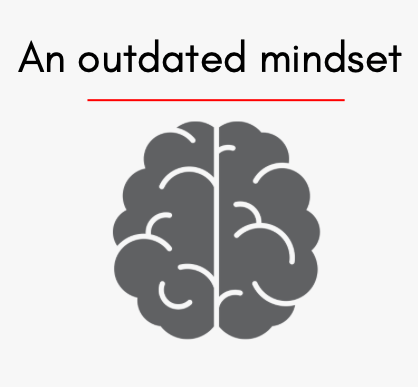
The mental mode of leaders and other stakeholders who support health workforce development has largely remained entrapped in the ‘worker’ mentality. As such, healthcare workers are generally seen as necessary to fill positions in health facility organograms and attend to patient needs.
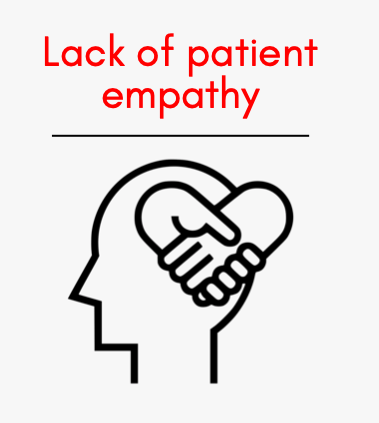
Of particular concern is the lack of patient empathy in health workforce development efforts. Emphasis is mainly on clinical and other technical skills without due regard to patient-defined outcomes.
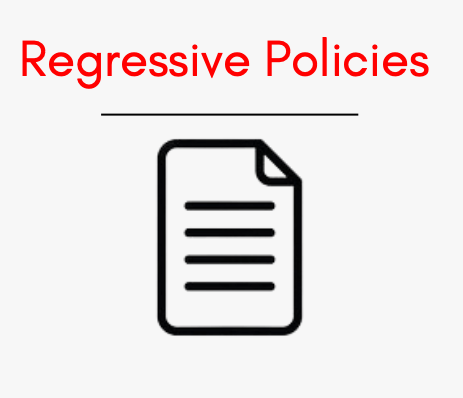
There are policy constraints that tend to inhibit healthcare workers’ effective response at the point of service delivery. For example, policies that create program/service-based silos that curtail collaborative practices among healthcare workers.
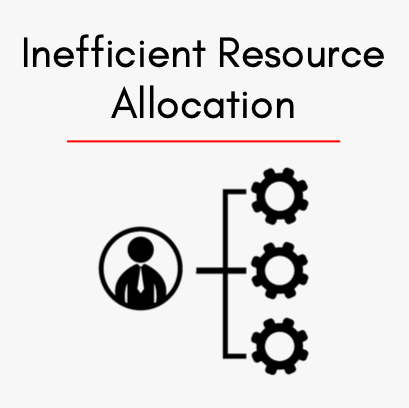
Most ministries of health tend to implement disease and programs-focused resource and implementation models, resulting in over-funded health service areas while others are under-funded.

Many of the health workforce development approaches are disease-focused and discipline-specific, which invariably inhibits cross-pollination of ideas across cadres from different programs and disciplines.
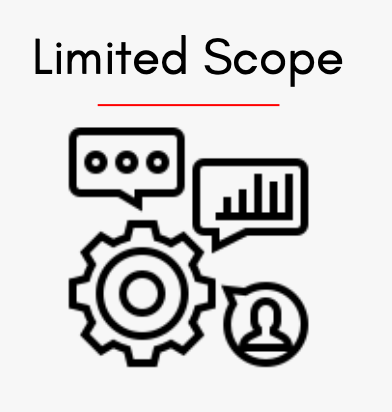
While the term ‘development’ is used, most health workforce development efforts are one-off attempts to address a specific skills gap, rather than transforming how the healthcare workers think, behave, and execute their duties.
When these reasons are distilled into key thematic areas, what emerges is a pattern of cause-and-effect, with two leading causes at the core of the problem:
1. Healthcare workers are being trained and developed without sufficient attention to patient empathy, and
2. There is poor strategic leadership to drive impact through healthcare workers.
Patient empathy is the foundation for a patient-centred approach to primary healthcare
The emotive dimension involves the service provider’s ability to subjectively experience and share the patient’s psychological state or feelings. The service provider sees the person and not the disease, and therefore relates to the patient from the state of humanness.
The moral dimension is about the service provider’s inner altruistic self, which generates empathy when interacting with a patient.
The behavioural element of empathy speaks to how a service provider communicates with a patient to convey an understanding of the patient’s perspective.
And finally, the cognitive dimension is about the service provider’s intellectual ability to understand the patient’s feelings and worldview objectively.
Overall, empathy creates a connection between the service provider and the patient in such a way that the patient sees an ally in the service provider, which creates a sense of ‘community’ in his/her healing journey. The sense of community is a powerful force that can motivate patients to seek medical attention and adhere to their medication regimen, leading to improved health outcomes.
Unfortunately, most efforts to develop the health workforce focus on skills development training, which is insufficient to achieve impactful patient health outcomes. Without patient empathy, healthcare services may be driven solely by clinical considerations and therefore miss a crucial ingredient in the provider-patient relationship’s success. Research has shown that patient empathy enhances the relationship between the provider and the patient, thus improving both the provider and the patient’s satisfaction. Herein lies the challenge with most health workforce development efforts. Patient empathy is absent, which leads to development efforts that are too narrowly focused. Such health workforce efforts are characterised by a limited scope prioritizing clinical skills, a disease or discipline focus over patient needs. The human resource development strategy is often uncoordinated, lacking a common agenda transcending different areas, and is informed by individual provider development, not patient-defined value.
When the health service providers take a disease focus in their interaction with patients, this can result in patients losing the motivation to seek medical treatment in good time. The patient is more likely to retreat into themselves and not openly sharing their experience or fail to adhere to a medicine regimen. Unfortunately, in practice, patients are then blamed for what practitioners call ‘poor health-seeking behaviours’ when in some cases, it is the health system that is letting them down due to lack of service provider empathy. This certainly goes in the face of the goals of UHC by unintentionally creating barriers instead of opportunities to increase access to healthcare services.
The lack of patient empathy is exacerbated by the lack of strategic leadership, as discussed below.
Strategic leadership is crucial in strategically and intentionally deploying healthcare workers
Lack of patient empathy results in subpar health workforce development, which is worsened by poor strategic leadership. Often, healthcare workers fail to realize their full potential due to leadership that lacks a strategic focus on what the health workforce represents within the healthcare system. Such leadership fails to strategically and intentionally deploy healthcare workers to achieve maximum impact, which in turn results in:
The lack of patient empathy, coupled with poor strategic leadership in developing the health workforce, gives rise to two broad problems: fragmentation of health workforce, culminating in ineffective human assets within the healthcare system.

Discipline-specific development efforts lead to a fragmented health workforce
Focus on the worker mentality instead of human assets gives rise to discipline-specific development efforts rather than a holistic approach to service delivery, leading to a fragmented health workforce. Poor strategic leadership is the main culprit, which results in clinical personnel being on one side and non-clinical personnel on the other. A further division occurs when medical doctors form a sub-group that wields ultimate power within the clinical personnel, while nurses/pharmacists merge into different sub-groups. This situation is worsened by developing the health workforce based on programs (e.g., HIV, malaria, etc.), leading to cadres that do not collaborate in problem-solving, use of resources, and information sharing. These divisions invariably precipitate turf wars, whose ultimate victim is the very patient who is supposed to be the beneficiary of the different cadres’ collective experiences and competencies.
Haphazard deployment compromises the health workforce’s impact on service delivery
Poor strategic leadership leads to misalignment in the deployment of the health workforce within the healthcare system. This happens when senior leadership does not intentionally and strategically deploy cadres to achieve the highest impact possible. For example, nurses are recruited and simply deployed to fill positions at clinics and hospitals without giving due regard to areas within the healthcare system that they are best suited to based on their interests and competencies. We have seen nurses that would cherish the opportunity to work as mid-wives instead deployed to the outpatient department, and vice versa. Such nurses fail to achieve their full potential, which results in suboptimal returns on the health workforce development efforts.
Furthermore, poor deployment causes low morale and a lack of motivation within the health workforce. This means that while there are attempts at developing the health workforce, what is not considered is that turning the workforce into human assets requires much more than training and deployment. How leadership deploys different cadres is equally vital in promoting a motivated health workforce, which manifests in better patient care.
Key lessons learned
While governments and their partners may have the right intentions to achieve UHC, there are weaknesses in their strategies, including their health workforce development strategies. Such strategies often suffer from:



Therefore, a culture change is imperative in how health workforce development is undertaken, starting with a mindset shift in how health leaders and other stakeholders see health workers. Instead of merely regarding the health workforce as a collection of workers, a more strategic view is perhaps apt.
Based on our work with African ministries of health, we have concluded that the health workforce should be regarded as human assets. Taking this perspective changes how these assets are developed, deployed, and nurtured. Human assets developed from this perspective are resilient and thus can be relied upon to provide the needed response in different settings and various healthcare challenges.
We challenge both governments and development partners to rethink their health workforce development strategies in the wake of the weaknesses that have been discussed in this article. Using our experience over the last ten years and the competencies that we have developed, we shall discuss how human asset development can be effectively done in our next article.
What to read next from Spark Health Africa:
Subscribe to our newsletter
